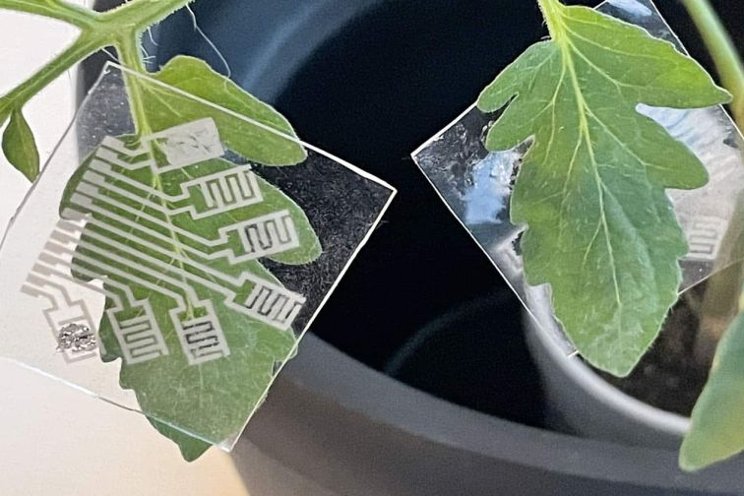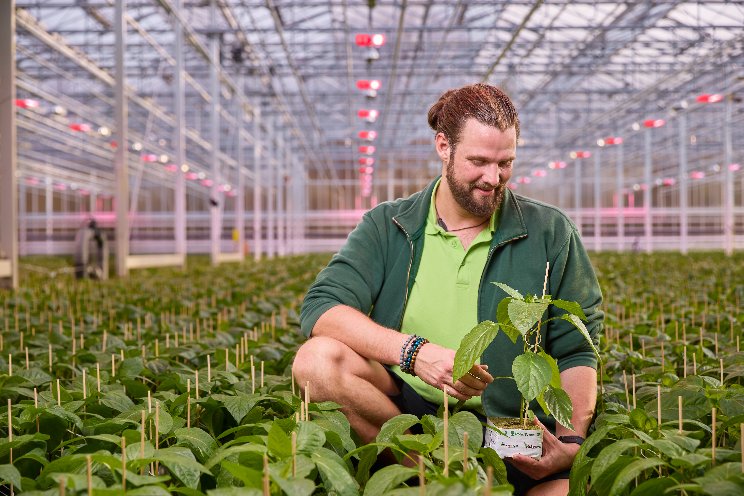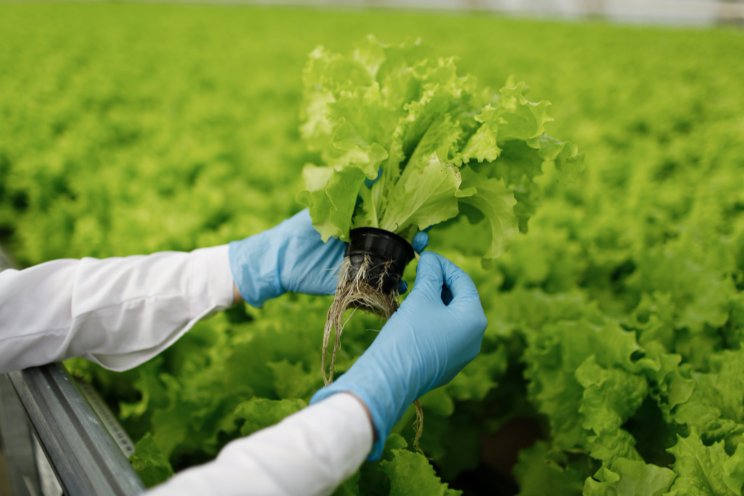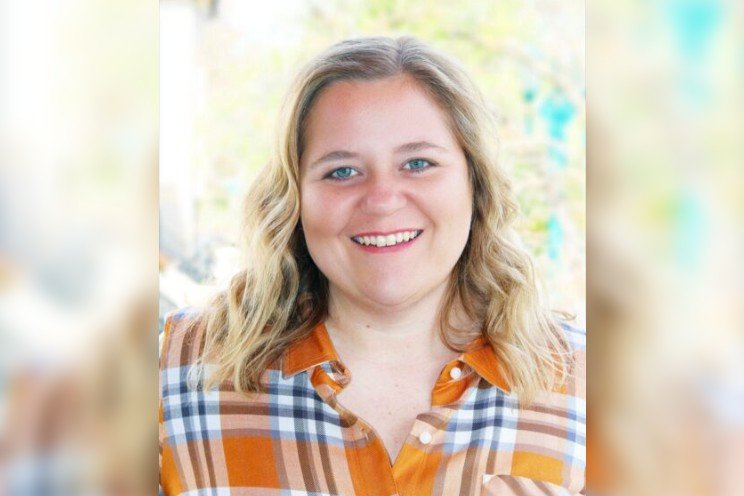Early detection of plant diseases may be possible
Added on 20 April 2023

“This is important because the earlier growers can identify plant diseases or fungal infections, the better able they will be to limit the spread of the disease and preserve their crop,” says Qingshan Wei, corresponding author of a paper on the work and an Assistant Professor of Chemical and Biomolecular Engineering at NCSU. “In addition, the more quickly growers can identify abiotic stresses, such as irrigation water contaminated by saltwater intrusion, the better able they will be to address relevant challenges and improve crop yield.”
The researchers tested the new patches on tomato plants in greenhouses, and experimented with patches that incorporated different combinations of sensors. The tomato plants were infected with three different pathogens: tomato spotted wilt virus (TSWV); early blight, which is a fungal infection; and late blight, which is a type of pathogen called an oomycete. The plants were also exposed to a variety of abiotic stresses, such as overwatering, drought conditions, lack of light, and high salt concentrations in the water.
The researchers took data from these experiments and plugged them into an artificial intelligence program to determine which combinations of sensors worked most effectively to identify both disease and abiotic stress.
Photo: North Carolina State University
More news















